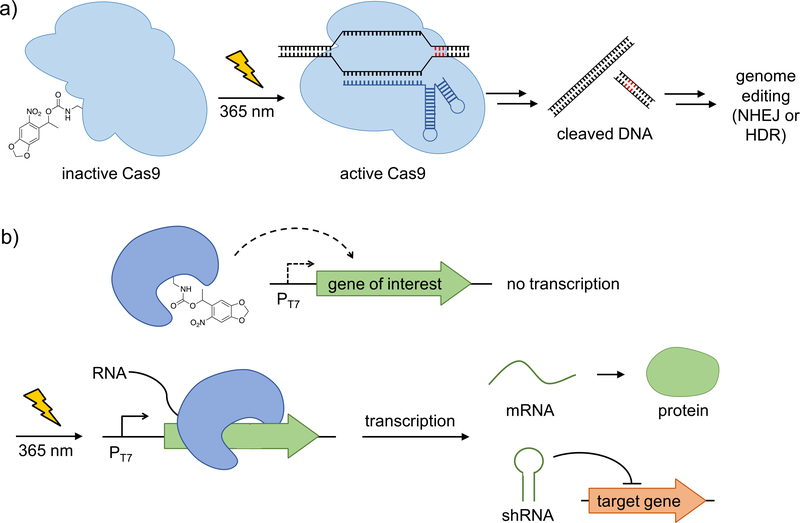Figure 3. Optical control of nucleic acid processing via caged T7 RNA polymerase and CRISPR/Cas9.
a) CRISPR/Cas9 was rendered inactive by the incorporation of the photocaged lysine 1, which blocks HNH nuclease activity. UV irradiation generates active Cas9, which results in DNA double strand cleavage and subsequent genomic editing. b) Caged T7 RNA polymerase is catalytically inactive, preventing transcription of genes under control of the T7 promoter. Upon UV-induced decaging, wild-type T7 RNA polymerase is restored and T7- promoter induced genes (e.g., mRNAs to code for protein or shRNA for gene silencing) are transcribed. Adapted with permission from Angew. Chem. Int. Ed., 55, 5394. Copyright 2016 Wiley-VCH; and J. Am. Chem. Soc., 135, 13433. Copyright 2013 American Chemical Society.

